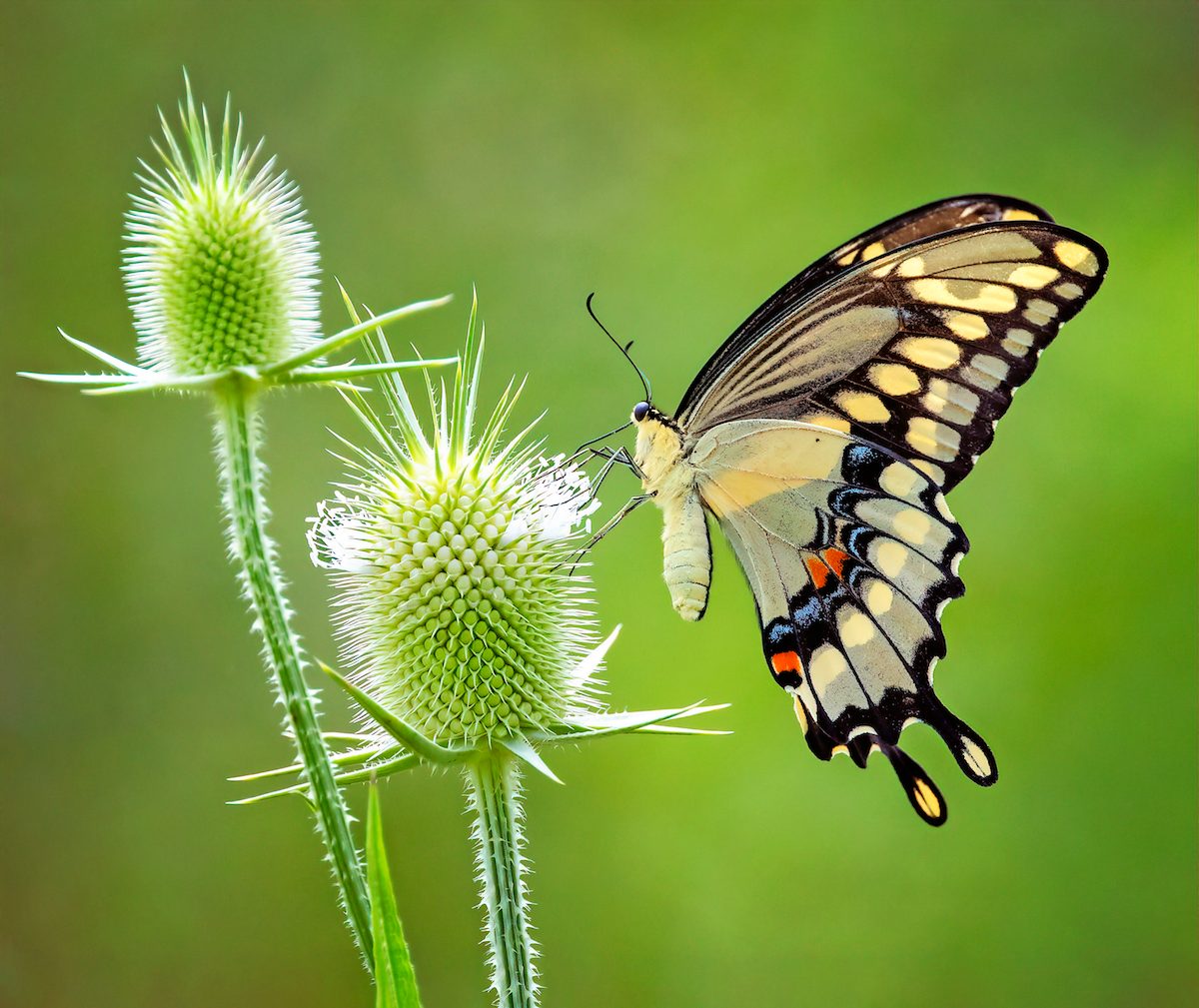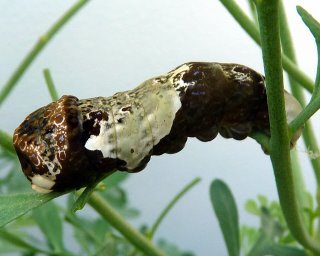A giant swallowtail butterfly is large and stunning. Learn what what the caterpillars and adult butterflies look like and where to find them.

How to Identify and Attract a Giant Swallowtail Butterfly

On This Page
What Does a Giant Swallowtail Butterfly Look Like?

Have you ever spotted a giant swallowtail butterfly? If you live in the southeast, perhaps you’ve seen one of these beauties floating through your gardens. The giant swallowtail (Papilio cresphontes) is the largest butterfly in the United States. With a wingspan that can measure over 6 inches, this is one butterfly that will definitely catch your attention!
Attract black swallowtail butterflies to your yard.
Giant Swallowtail Caterpillar

This most magnificent of butterflies has what is arguably the ugliest of caterpillars. These caterpillars grow quite large, and need extra protection from predators while they grow. Camouflage is their main form of defense. Rather than blending in with the leaves or flowers like some other caterpillars, these little guys instead choose to make themselves as unappealing as possible by resembling, well, bird poop.
Learn everything you need to know about tiger swallowtail butterflies.
Giant Swallowtail Butterfly Host Plants

It’s hard to imagine that anyone would object to having these amazing butterflies around, but in some areas, that’s exactly the case. What’s the problem? Giant swallowtail caterpillars host on several plants, including members of the citrus family. In areas where citrus farming is important to the economy, Giant swallowtail caterpillars (sometimes called “Orange Dogs”) are a pest instead of a welcome sight.
Fortunately, these butterflies seem to prefer native species over cultivated citrus. If you’re trying to grow citrus in your own yard and are worried about Orange Dog damage, consider planting some giant swallowtail alternative host plants, like Hercules club, prickly ash, wild lime, or common rue.
Giant Swallowtail Range and Habitat
If you’re not able to grow any of these host plants in your yard, you can seek out giant swallowtails where they are most likely to be found. In the mid-south, try pine flats. In the deep south, citrus groves are a good bet. They hibernate in chrysalis during the colder months, appearing in the spring as early as March in warmer regions.
Enjoy them all summer long throughout the eastern U.S., and into the fall down south. (Psst — the southeast is also a great place to find a white peacock butterfly.)




















